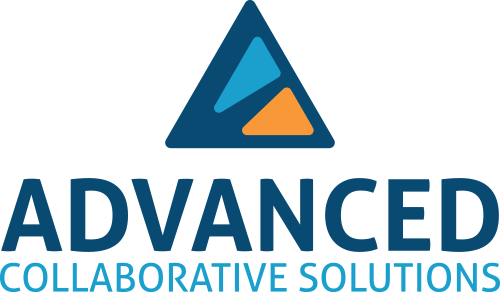4 Steps to Better Teacher Collaboration

By: Steve Ventura
We've heard it time and time again: collaboration has a significant impact on teacher growth and student outcomes. In fact, the significance of teacher collaboration for improving instructional quality and increasing student achievement is embraced by educational policymakers around the world (Gable & Manning, 1997; Moolenaar, Daly, & Sleegers, 2011). But what does it take to create a culture where collaboration is the norm? It takes a structured process.
Collaborative protocols offer clear steps for teachers to engage in dialogue with their peers. Good ones help teachers reflect on data to identify corrective instructional strategies. The best ones drive continuous growth and focus on actual student progress.
How is collaboration working in your building?
If you want to improve, we have four steps for you to try with your team. It all starts with data and a learning target. Then, identifying a baseline and selecting corrective instructional strategies. It's all "rinse and repeat" from there. With collective efficacy at the center, these steps provide a cyclical path to better collaboration. And better collaboration means better instruction and more students learning.
Dive into the numbers
Data analysis is foundational to long-standing change in any field of work. And in the classroom, the greatest supplier of data is assessments. Assessment isn't just about evaluating students and the progress they are making. It’s about changing what we are doing as educators to help students reach their goals.
The first step in the collaborative process is collecting, organizing, and charting quantitative data from formative assessment results. While there are many sources of student achievement data, formative assessments provide teachers timely and specific feedback. This helps teacher teams collectively understand what concepts and skills have been learned and what ones still need to be developed. It is important to remember that the data teams collect cannot be so general that teachers are unable to assess their own instructional impact. The most useful assessments help teachers assess their impact and effect on student learning.
Determine where you’re going
Once teams make initial observations from the data collected, it's time to use this information for goal-setting. Goals provide a destination and opportunities for reflection, while ultimately leading to higher levels of performance. But, setting goals can sometimes feel like setting New Year's resolutions: daunting and easy to lose sight of. Tracking the progress of goals can also fall to the wayside.
How do you go about setting goals that lead to long-term success? You set them over a shorter period of time. Short-term goals produce quick wins and evidence of impact to maintain motivation. Your goals should also focus on a single learning target. Teams that discuss goals regularly are motivated and accountable for sticking to them.
We recommend using SMART goals to create growth targets between the pre-and post-assessment of learning. SMART goals are specific, measurable, achievable, relevant, and time-bound.
Identify where you are
With data collected and goals in place, it's time to measure your baseline. Take a look at that formative pre-assessment data again. From there, create a baseline evidence statement that summarizes student performance before you introduce an instructional intervention. Baseline evidence statements help educators reflect on current instructional practices. Ask yourself the questions below after you form your evidence statement. Then ask them again after you introduce an instructional intervention and conduct a post-assessment.
- What are the strengths and gaps present in the assessment results?
- What skills and concepts were achieved? What still needs to be learned?
- Which instructional strategies were used effectively? Which were not?
- What students were taught effectively? Who still needs help?
Teams can also conduct simple item analysis by looking for assessment items that had the highest number of correct responses, which could indicate one of two things: either the assessment item was too easy or the teaching was great. It is also wise to look for assessment questions that had the lowest number of correct responses providing rationale for targeted instruction. This type of item analysis allows teachers to reflect on their practice before selecting the high-impact instructional strategies that work best.
Teachers should self-reflect on the above questions and then open up a dialogue within teacher teams. Discussing in a group builds relational trust. Trusting relationships improve the quality of discussion, accountability, and collective efficacy. Remember, team dialogue can be enhanced when the evidence teachers collect is of high quality, permitting more accurate inferences about what students understand.
Intervene
Now it's time to select instructional strategies to advance student progress for the learning target at hand. Instructional strategies are purposeful methods of instruction to develop self-directed learners.
To get this step right, instructional strategies must be aligned to pre-assessment results. An understanding of areas of strength and areas that need improvement are vital to strategy selection.
With so many strategies, how can you choose the right one? Refer to evidence from every stage of the learning cycle, make sure strategies are matched to the appropriate phase of learning, and rely on the team. After implementing the chosen strategy, administer a post-assessment. The post-assessment results provide the data to evaluate what worked and what didn't. Then the cycle begins again.
***
We know well that learning is not a one-size-fits-all approach. But that does not lessen our responsibility as educators to provide the instruction that all learners need to succeed. Educators need a collaborative protocol to reflect on best practices, improve instructional quality, and identify areas that need to be reassessed for continuous and widespread improvement. All of the steps we described can easily be used by a single educator, but that's missing the point. With a mission as important as ours, we can’t afford to go it alone.

